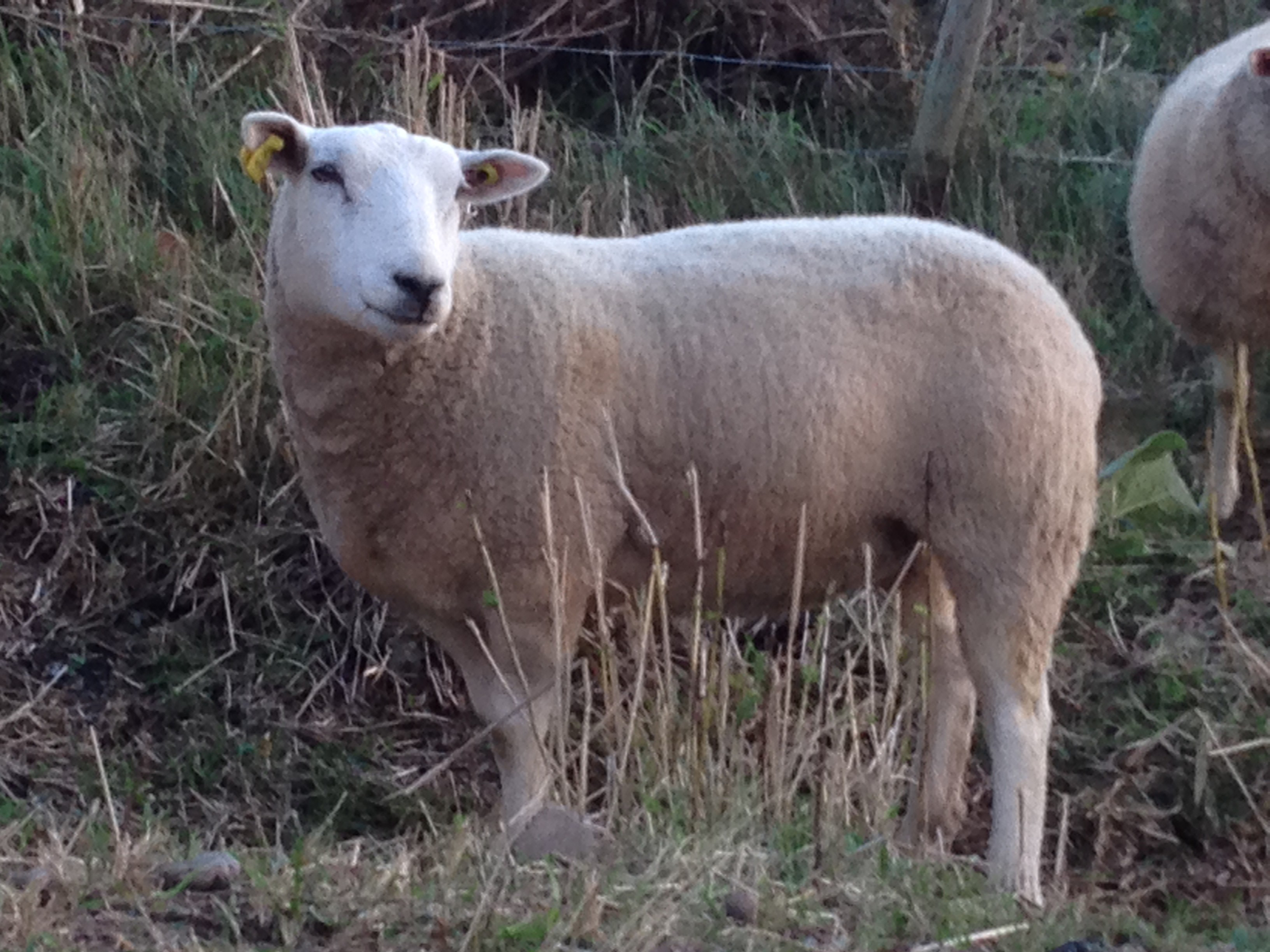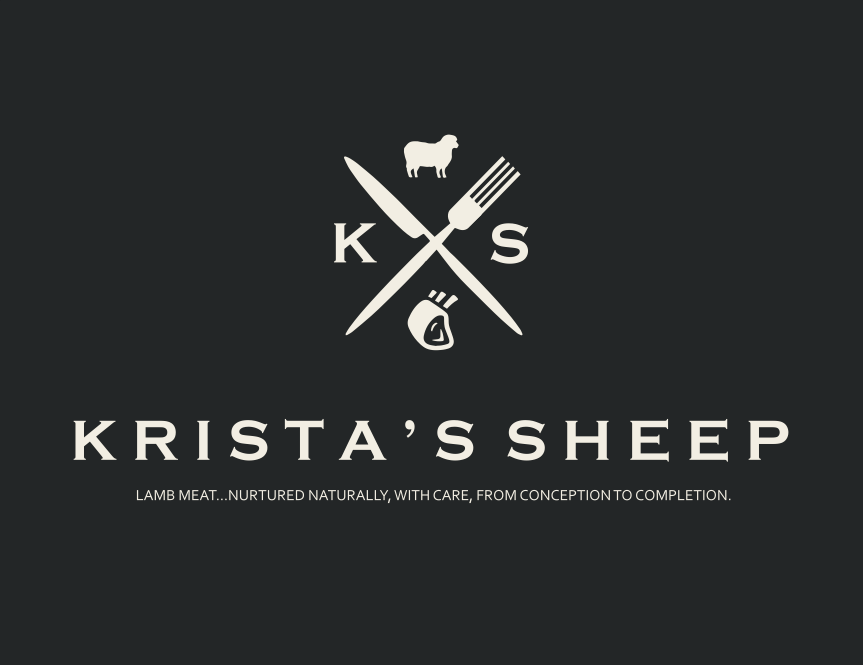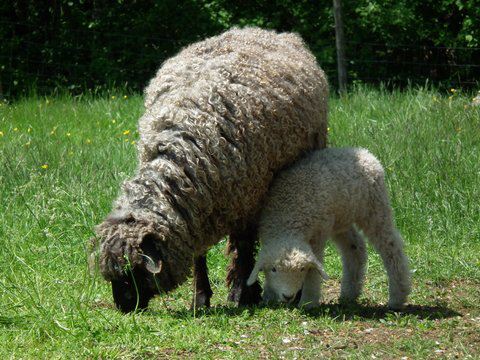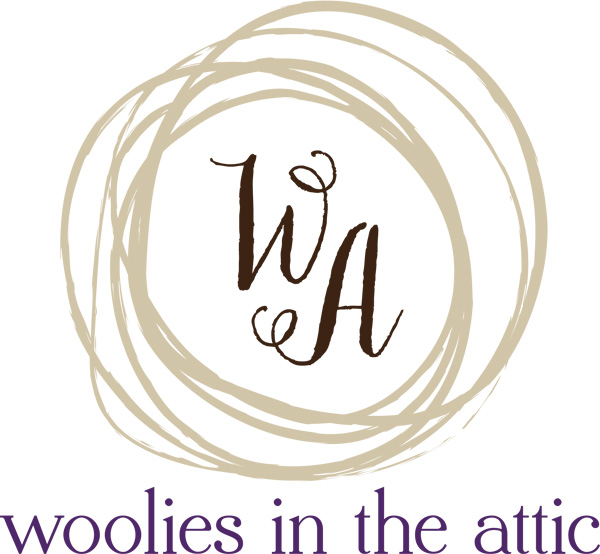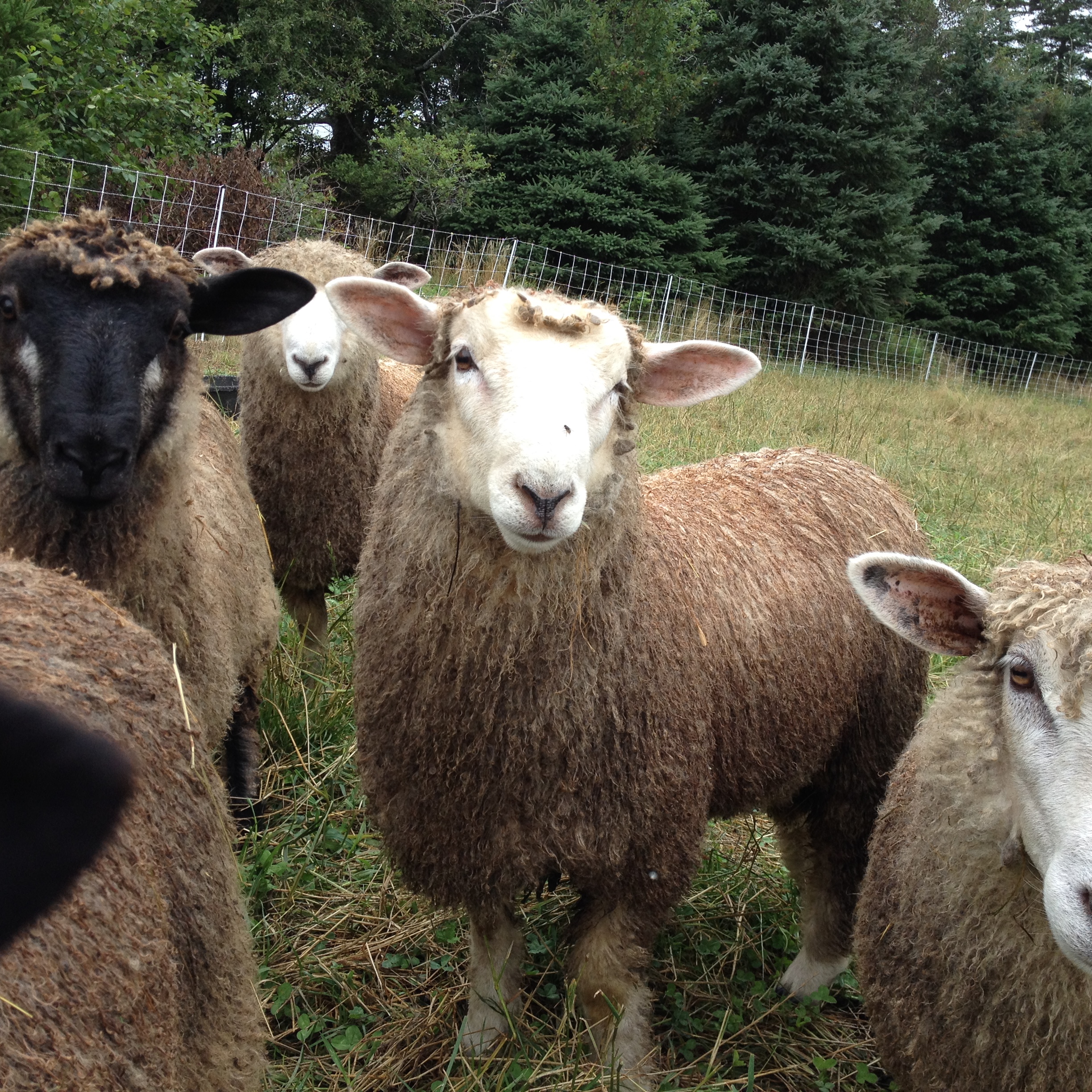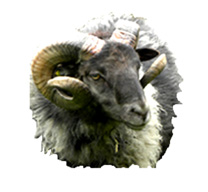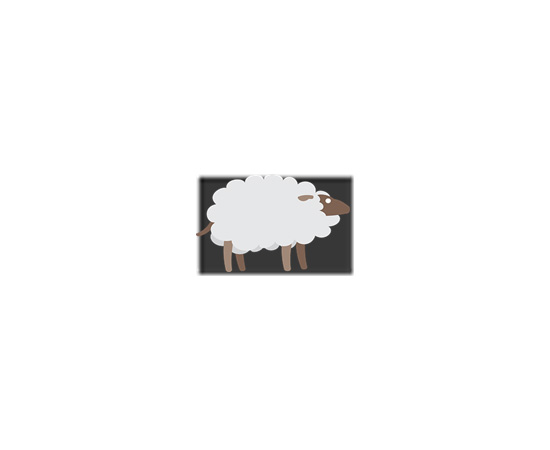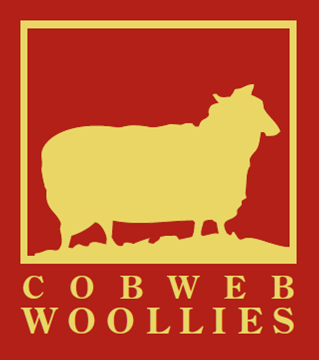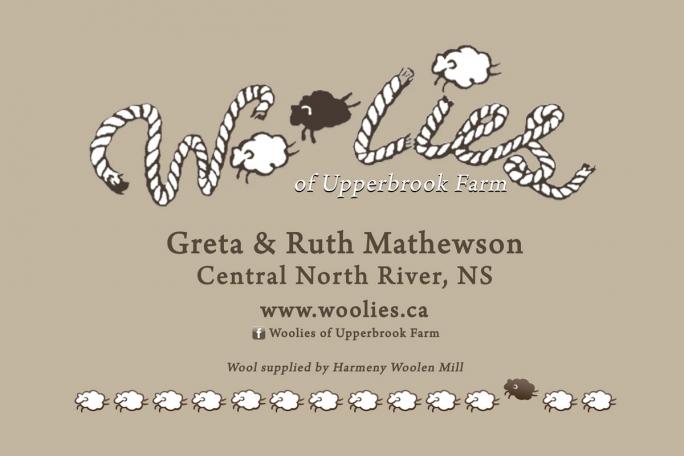Local Fibre Love
Buying local fibre roots your creation in Nova Scotia’s heritage.
This website was created by a group of people passionate about fibre and passionate about local. Fibre is a versatile and beautiful medium for art and a wonderful creative outlet for crafters. Buying local fibre connects your art or craft to the place you live. Buying local fibre roots your creation in Nova Scotia’s heritage. Buying local puts a face on your fibre, supports a vibrant rural economy, and promotes sustainable fibre farming and processing practices. Your fine creations deserve a rich back story. What better way to do that than by buying fibre from someone in your community?
QUALITY LOCAL FIBRES AVAILABLE
Whether you’re already a knitter, crocheter, handspinner, felter, rug hooker, or weaver, there are quality local fibres available. On this site, you’ll find information on each craft and each type of fibre produced in Nova Scotia, and a searchable directory that will help you find the right local fibre to suit your needs.
Nova Scotia has a long history of fibre production – the Acadians wore clothes made of wool and linen that they grew and processed themselves. These local industries nearly died out but both are experiencing a revival.
NOVA SCOTIA FIBRE HISTORY
The first reference to sheep in Canadian history appears to be of the arrival of two sheep aboard DeMont’s ship at Port Mouton, Nova Scotia, in May 1604. By the time of Confederation in 1867 there were 398,400 sheep and lambs reported in the Nova Scotia. Most farms had a small flocks of sheep that were maintained for meat and their wool to produce fibre for clothing and blankets. There were many woolen mills across the province and people also processed the wool at home.
These flocks disappeared after the advent of synthetic fibres and the movement of many families from farms to urban areas. Sheep numbers have fallen significantly since 1867 to about 13,000 breeding ewes in 2016. Breeds of sheep in the region have also changed with time. Early breeds were more commonly meat and wool sheep. With the decline in the value of wool, meat breeds became popular. With the resurgence of interest in fibre arts many sheep producers are taking more care with the wool they produce and some are raising sheep for specialty wool production.
Nova Scotia also currently has a few alpaca/llama farms, some valiant producers of exotic fibres like cashmere, mohair, and angora, and work is currently underway in the Annapolis Valley to revive flax growing for the production of local linen. There’s no better time to make a connection with local fibre producers!
